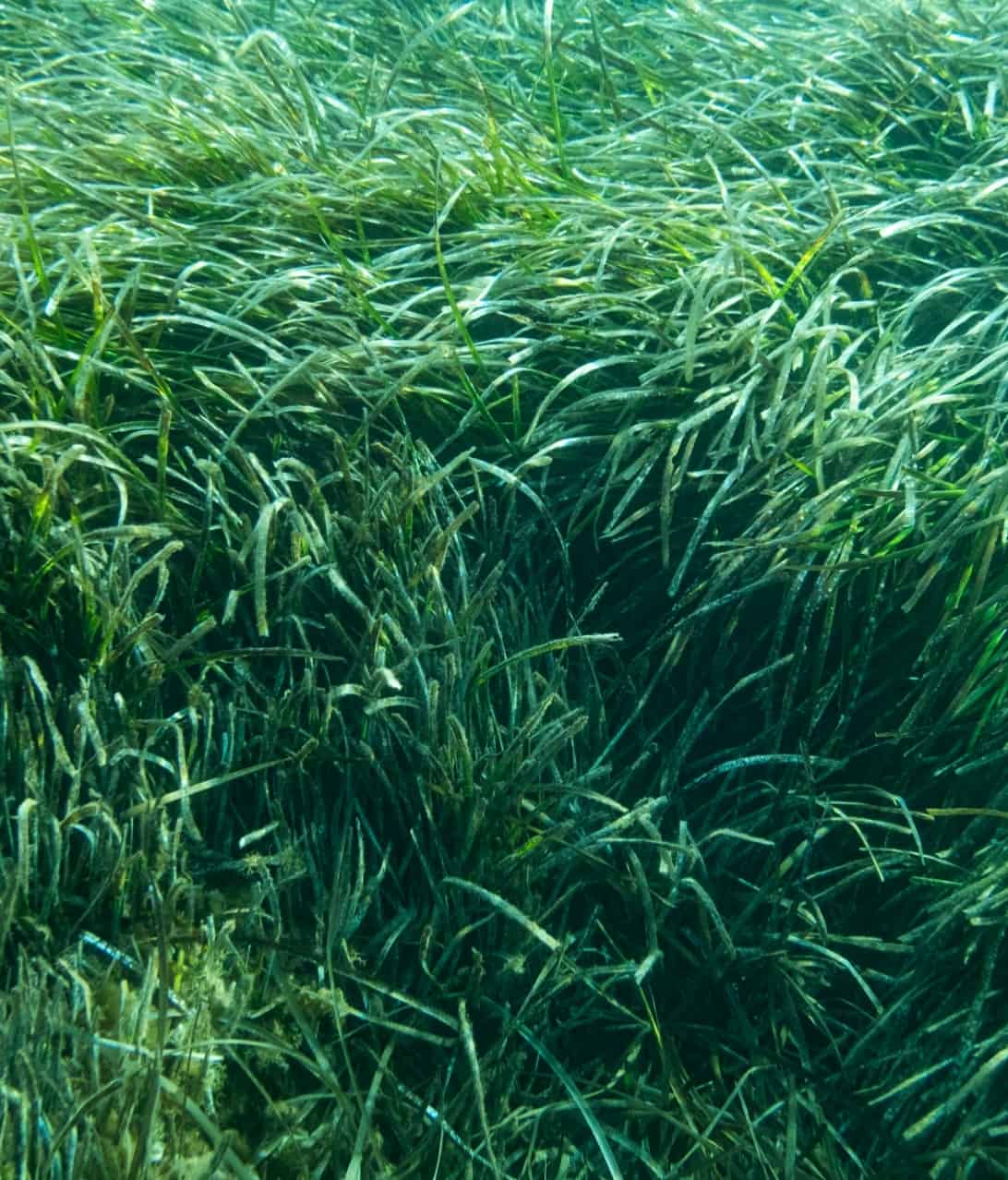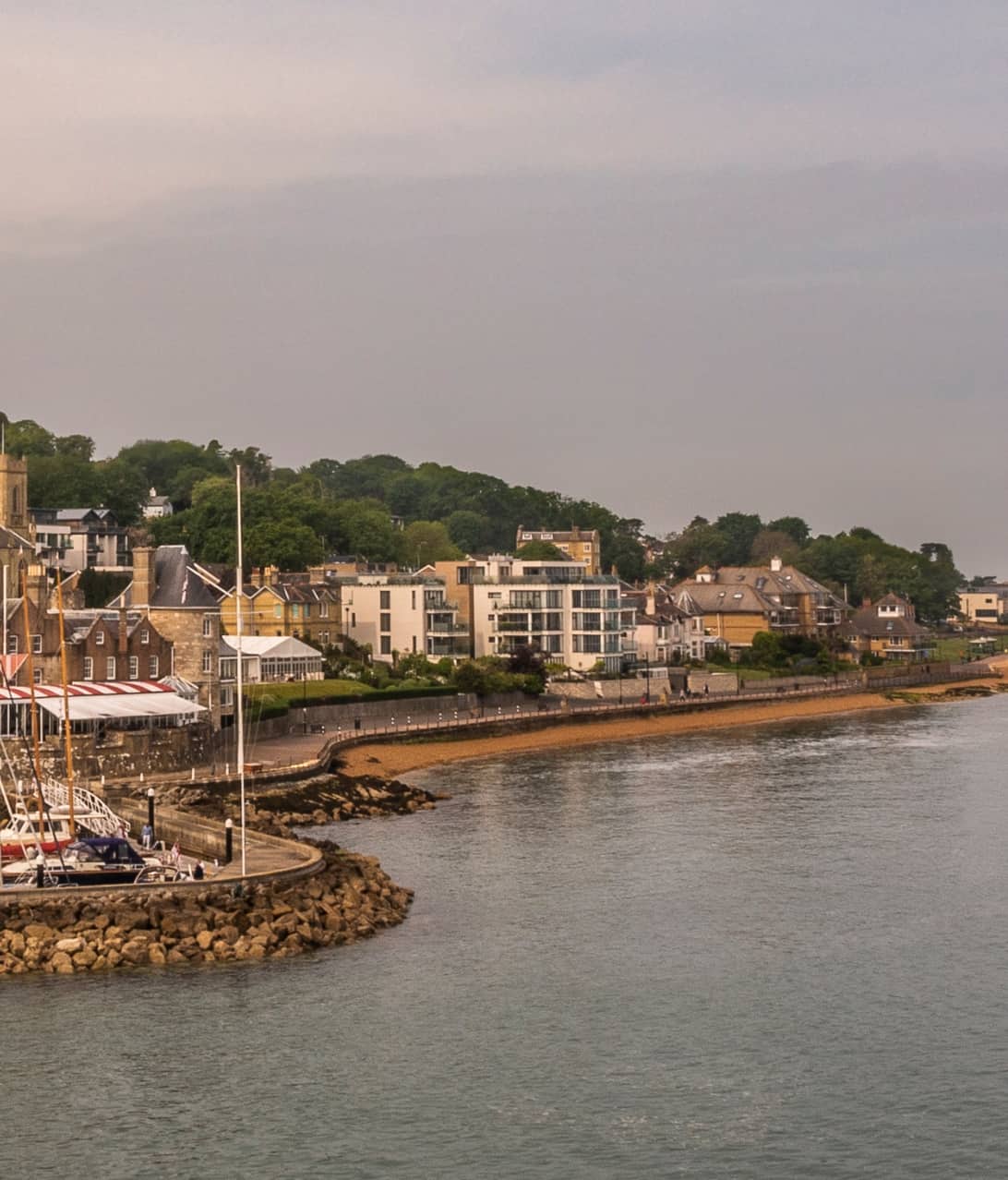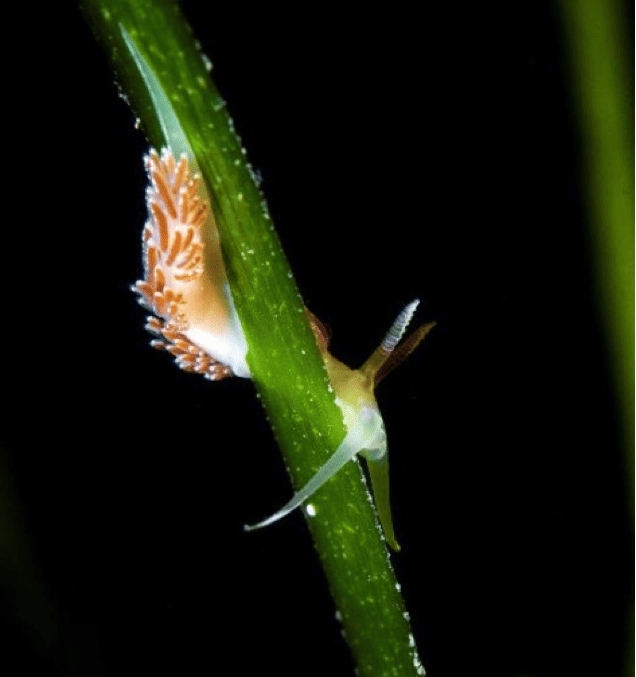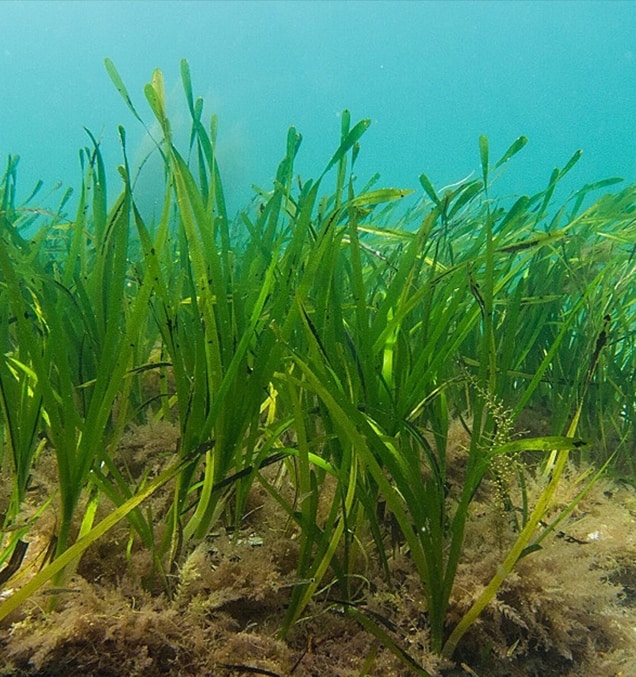Water Quality
Providing a safe harbour for all users is a key priority for CHC This commitment not only encompasses the many physical assets that sit within the river but it also includes the protection of marine ecosystems.
CHC, therefore, take seriously anything that is discharged into the river that could have a detrimental impact on the health of the Cowes Harbour ecosystem.CHC support the work carried out by Natural England and Environment Agency to ensure our waterways and rivers are as clean as possible.
If necessary CHC can enforce the Cowes Harbour General Directions which state the following: 5.16 Discharge of Oil, Sewage and Garbage – No person is to cause the discharge into the harbour of any:
- Oil or oily residues/discharge
- Sewage or other pollutant materials into Cowes Harbour, when moored within or alongside marina mooring facilities or alongside pontoon berths having direct pedestrian access to the shore
- Garbage, plastics, or foodstuffs, except into designated receptacles ashore
Click here to read more about CHC’s free pump-out facility.
In the Medina Estuary, nutrients are a significant water quality issue. They enter the catchment as a result of runoff from farmland and urban areas or as discharges from the sewerage system, private outfalls, faulty sewage connections or as discharge from vessels.
To find out more about the problems caused by nutrients in the Medina estuary see Island Rivers (the Isle of Wight Catchment Partnership).
What can we do to help improve water quality?
Report Pollution/Discharges
Cowes Harbour stakeholders can play a key role by helping to report any incidents of pollution or discharges through the Environment Agency’s incident hotline number 0800 80 70 60, which is open 24/7. This will ensure the locations of incidents are recorded, and problem areas can be identified.
Minimise inputs from homes and boats
Although water quality is a huge problem, as individuals we can all help to minimise any additional input from our boats or homes.
- Use a holding tank and the free-to-use pump-out berth at Shepards Marina. If this is not possible then only discharge sewage from your vessel out at sea, at least 3 miles from shore
- Ensure domestic septic tanks are maintained and sewage pipes are correctly connected
- Support and follow good practice guidance including what should NOT be flushed
- Recycling facilities are available at all marinas in Cowes Harbour. Use them wherever possible and help us improve the environment of the Island
CHC works in partnership with Island Rivers, Solent Forum, The Green Blue and others to help identify and address water quality issues. Regional coordination and catchment partnerships are extremely important as poor water quality is the result of a wide variety of mainly land-based sources throughout the Solent.
By working together to reduce pollution and protect the natural habitats that help to absorb nutrients we can improve water quality in the Medina estuary. Many of the issues regarding nutrient pollution in the estuary do not have short-term solutions but making improvements now in all areas of our activities, no matter how small, will ensure a better future for all





